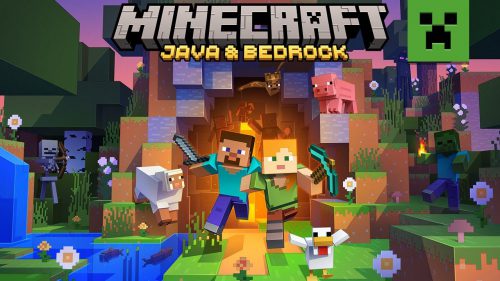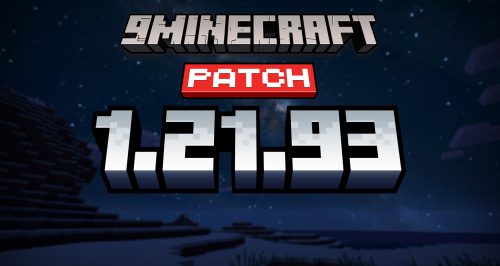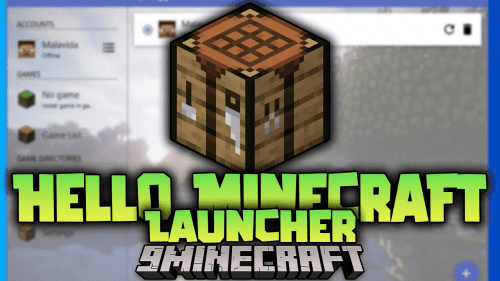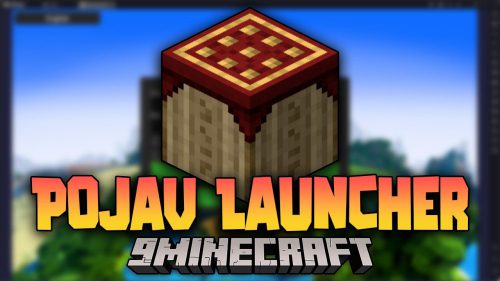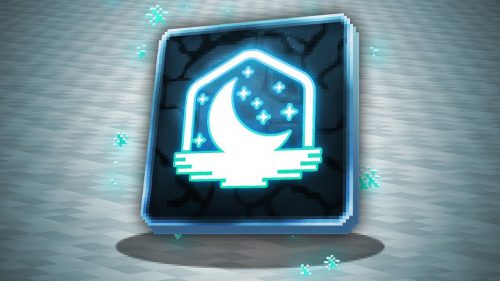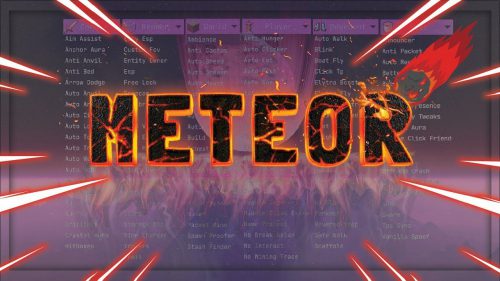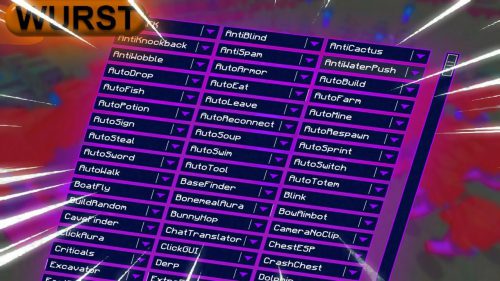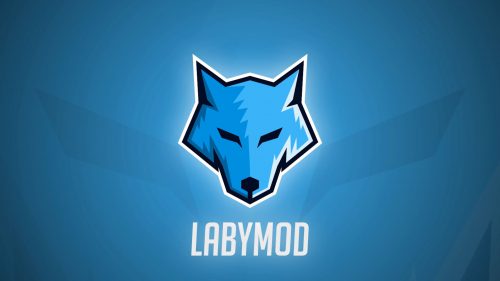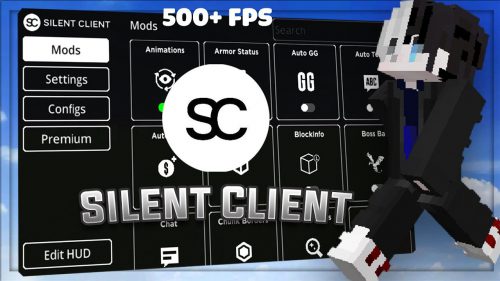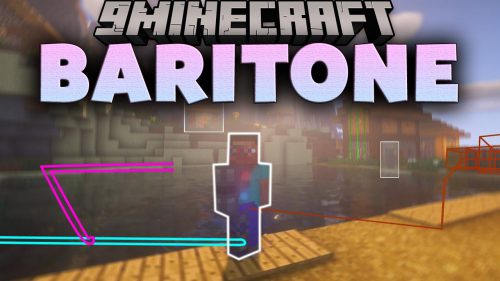Daylight Cycle: Knowledge and Tips and Tricks
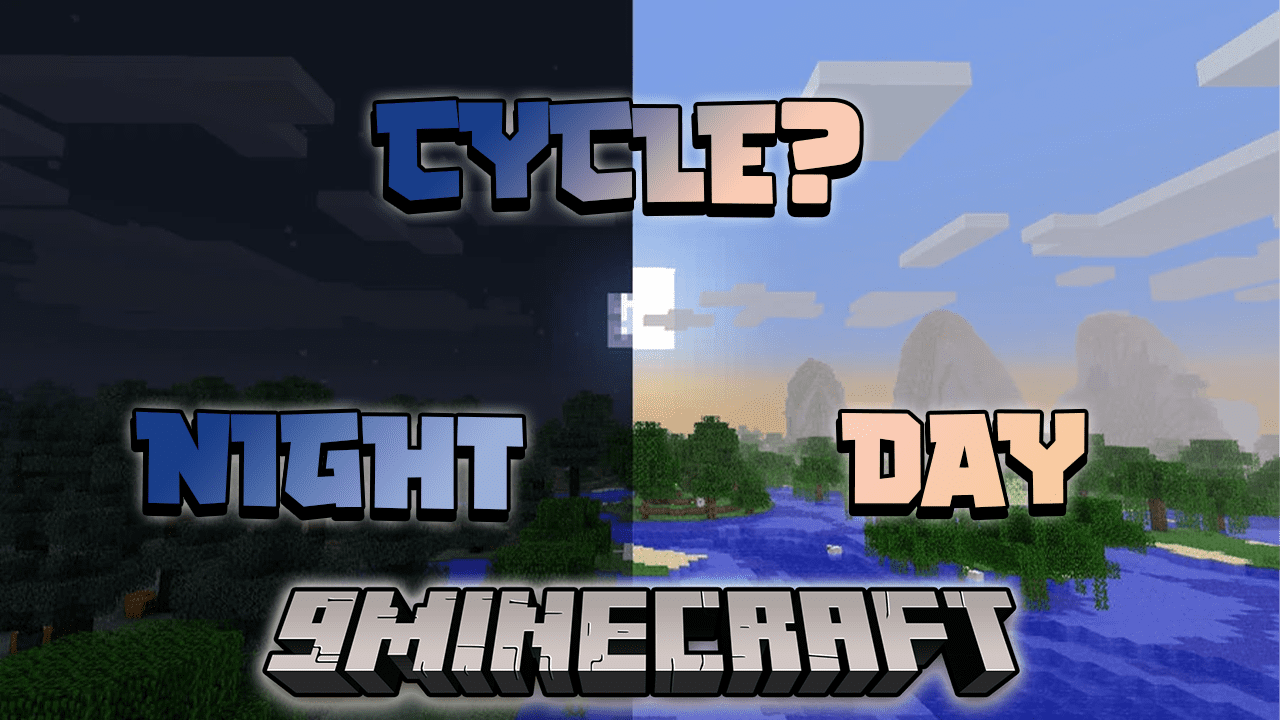
Learn more about the cycle of daylight, its impact on gameplay, and how to effectively monitor time.
In a sandbox survival and creative game like Minecraft, the passage of time holds significant importance. In-game time serves as the driving force behind countless calculations that influence player experiences and shape how the environment reacts in various scenarios. This is why grasping the concept of the daylight cycle is an essential yet often underestimated aspect of the game.
The daylight cycle essentially represents the progression of time, encompassing the distinct characteristics of day and night, as well as twilight and dawn in the Minecraft world. It not only signifies the sunrise and the eventual disappearance of hostile mobs but also governs a multitude of other in-game mechanics that players frequently overlook. A comprehensive understanding of time’s passage in Minecraft empowers players to utilize it to their advantage effectively.
Determining the time of day remains as crucial as ever in the Minecraft universe, prompting us to enhance this guide with improved formatting to facilitate easier time tracking.
1. Minecraft Time Vs Real-Life Time

Undoubtedly, the passage of time in Minecraft bears little resemblance to real-life time. Based on available sources and calculations, Minecraft’s in-game time progresses a staggering 72 times faster than our everyday clock. This rapid pace explains why a day in Minecraft can feel astonishingly brief, particularly for players who must return to their homes at night to evade hostile mobs.
A complete cycle of day and night in Minecraft, equivalent to 24 hours in our world, spans roughly 20 minutes in real-time. Consequently, from the instant you spawn, within just twenty minutes, you’ll find yourself at the dawn of the next day if you choose not to sleep during the night and skip the nighttime altogether.
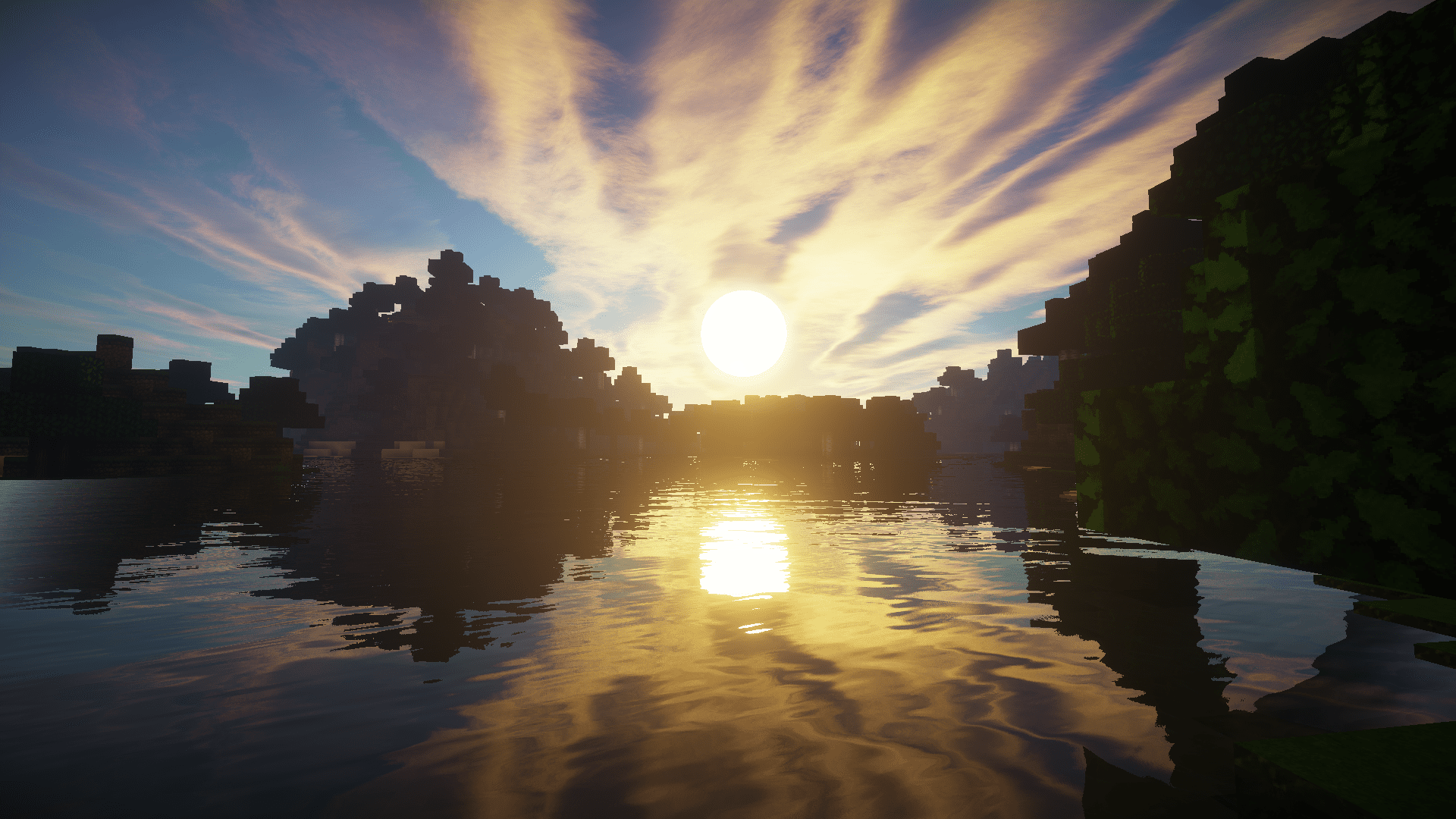
In Minecraft, time can also be quantified in ticks. Approximately 1000 ticks correspond to a single Minecraft hour, which translates to a mere 50 seconds in real-life time. This minuscule duration in comparison to our reality is why nightfall can seemingly descend far sooner than anticipated during adventurous exploits in the game.
2. What Happens During The Daytime In Minecraft?
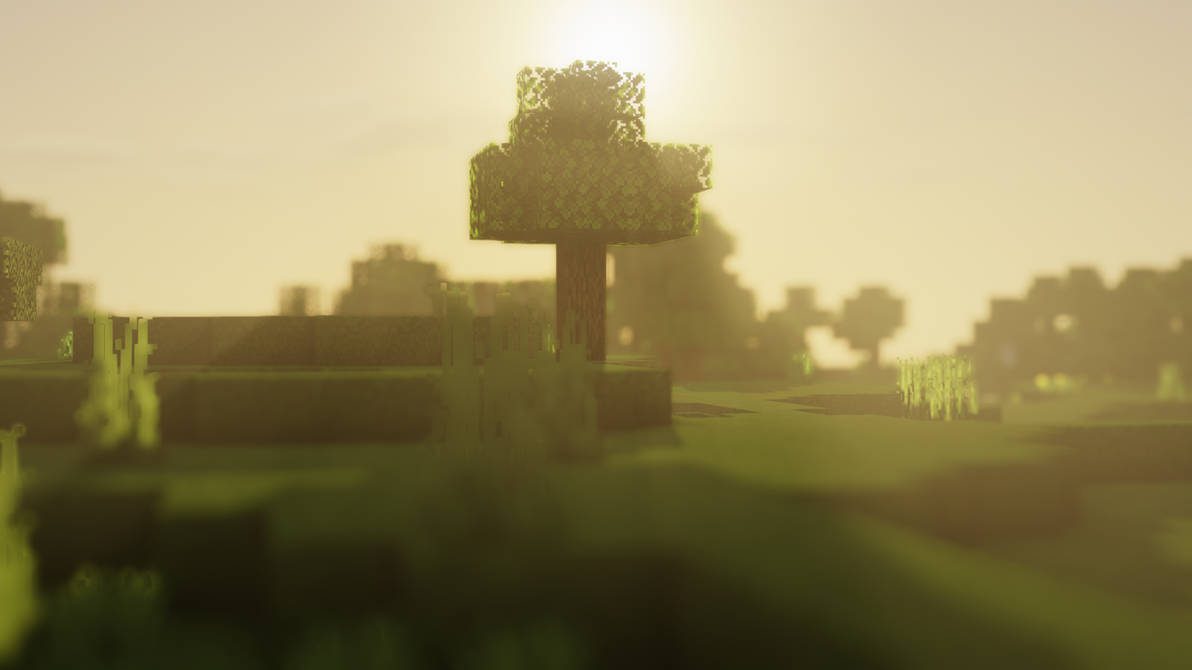
Daytime in Minecraft commences right from the moment you step into the game world. It officially begins around 6 AM Minecraft time, marked by the sun’s ascent on the horizon. As the sun rises to a certain height, its rays start to have a profound effect on hostile mobs. When touched by the daylight, these mobs begin to burn. Spiders, during this time, transition from hostile to neutral behavior, while Endermen begin teleporting randomly. Even if they turn aggressive, there’s a good chance they’ll return to a docile state after a few seconds.
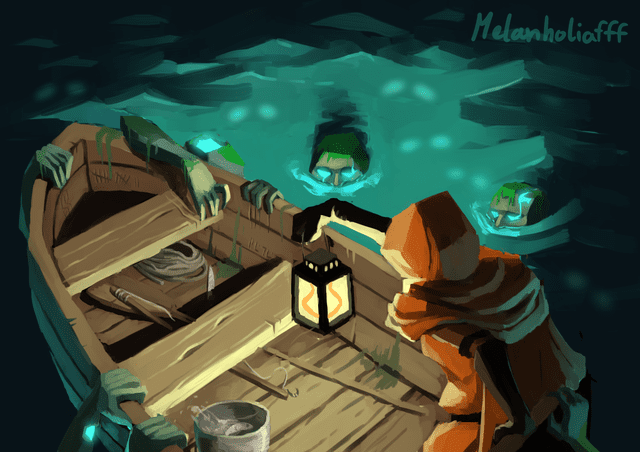
Some mobs, such as the Drowned, exhibit unique behavior during the daytime. While they may still attack players who enter the same body of water they’re in, they completely ignore players on land or those riding boats. Consequently, it’s not uncommon to encounter friendly Drowned simply standing around in the water during the morning hours.
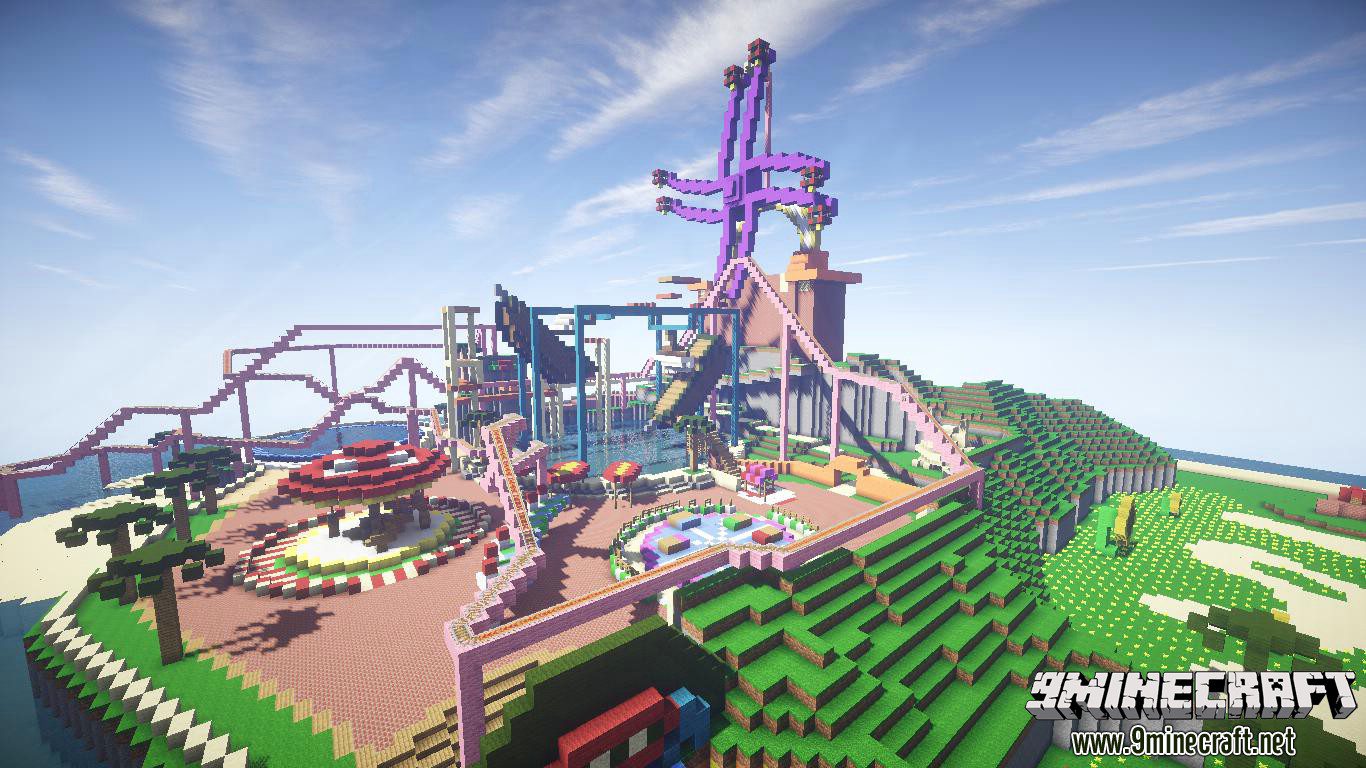
Daytime bathes every block in its radiance with a light level of 15, which represents the maximum brightness achievable in the game. Notably, hostile mobs cannot spawn on blocks with this level of light. This optimal light condition is perfect for promoting crop growth, facilitating the spread of grass, and nurturing the maturation of saplings.
3. Nighttime And Sleeping In Minecraft
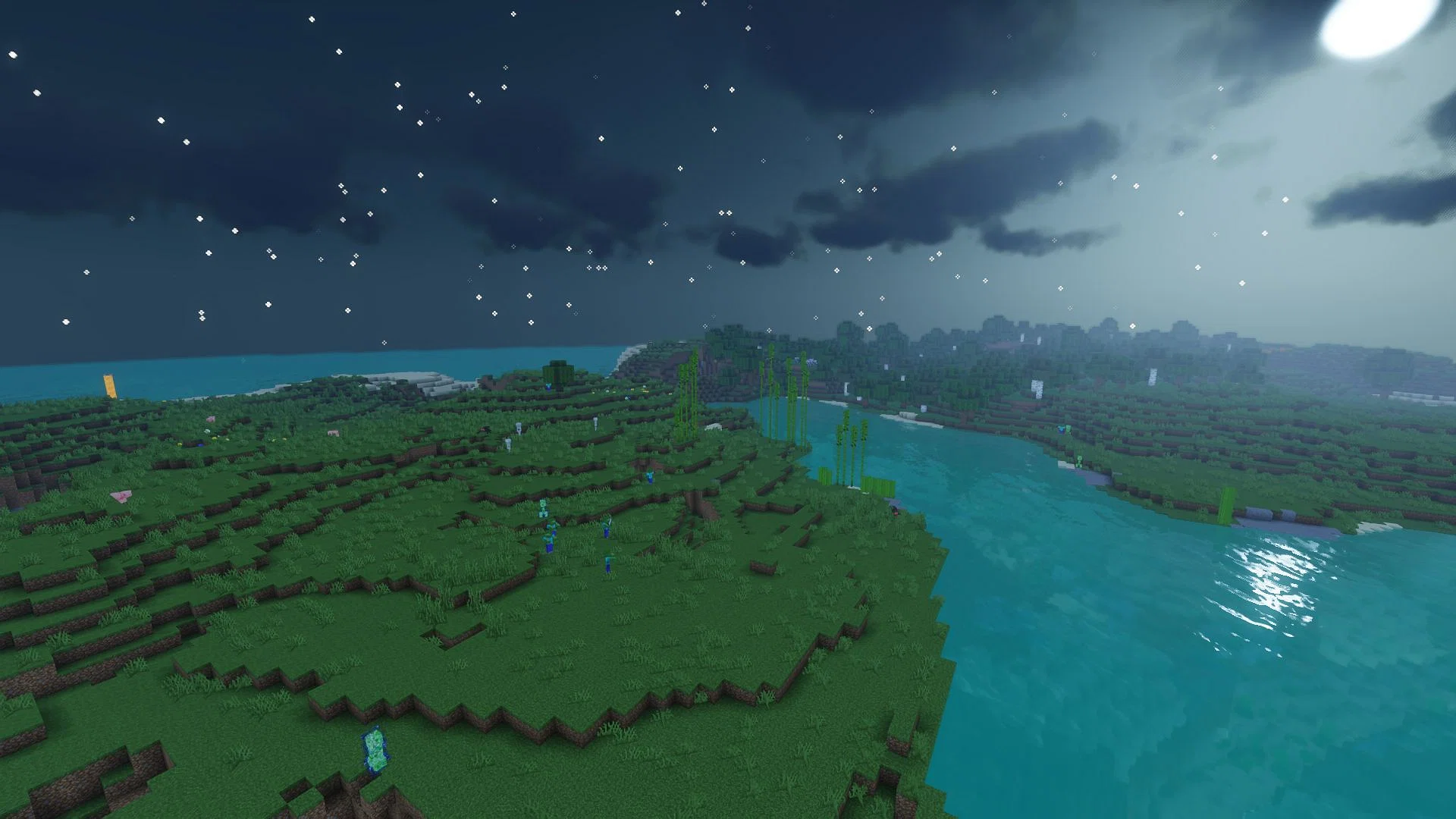
Nighttime descends upon the Minecraft world at approximately 6 PM Minecraft time, which translates to about 10-11 minutes of real-time gameplay in a fresh world. As the sun sets, the illumination levels on land diminish, plunging to as low as four on certain blocks that receive no direct light.
It’s essential to be cautious during this time, as the darkness becomes an ideal breeding ground for mobs, which begin to spawn at around the 11-minute mark in real-time gameplay.
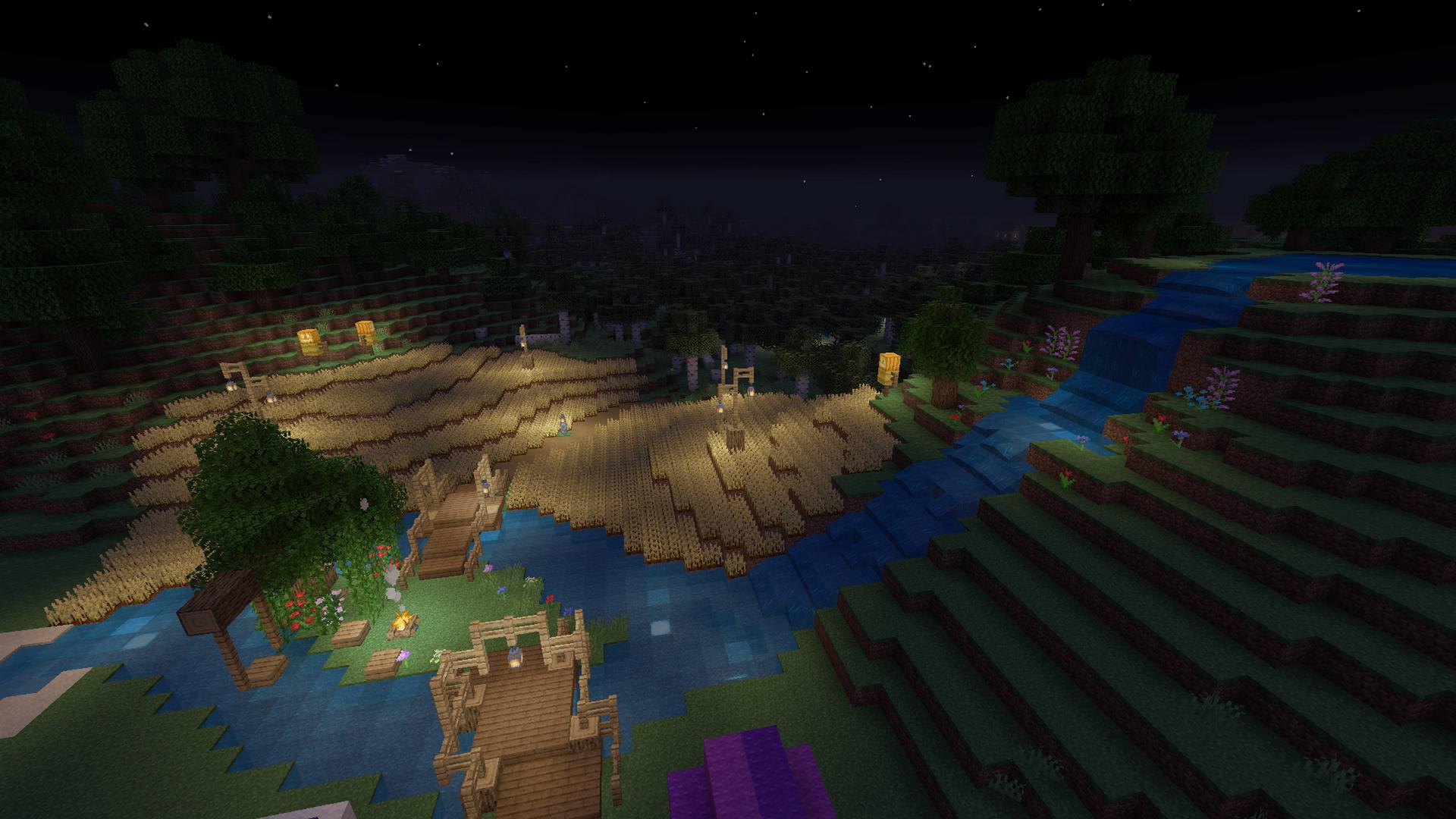
Interestingly, crops persist in their growth even during the night, nourished by the gentle glow of the moon. However, if you opt to sleep rather than stay awake, none of this progress is recorded, and the night simply fast-forwards.
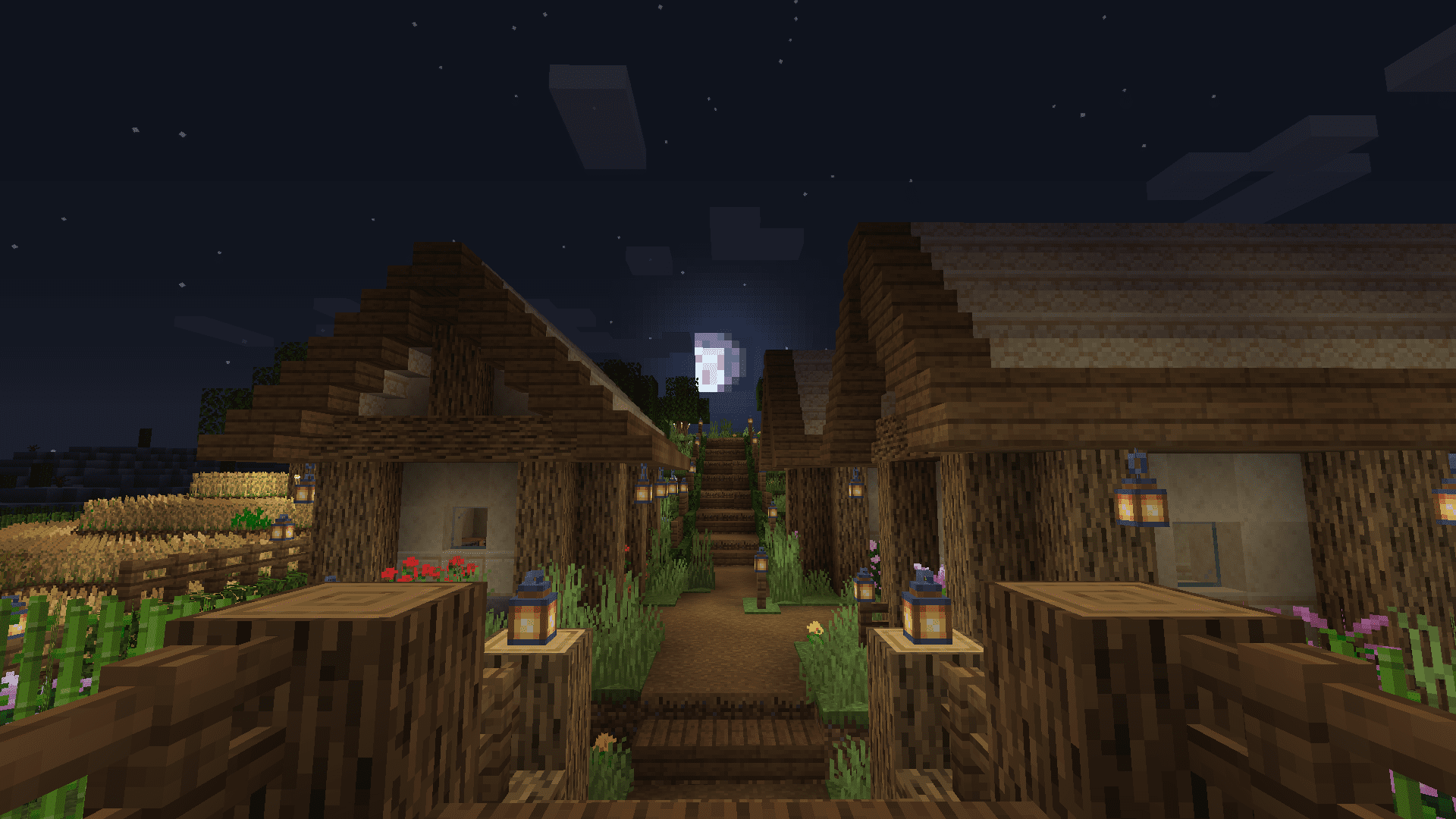
This means that anything left inside a furnace, for instance, won’t miraculously complete while you slumber. Nonetheless, it’s advisable to sleep at least every other night to prevent Phantoms from materializing and disturbing your rest.
4. Villagers And Their Daily Routines
When you chance upon a village, you’ll observe that villagers adhere to a well-defined daily routine tightly linked to the Minecraft daylight cycle. Villagers rise promptly each day at approximately 6 AM Minecraft time. About two hours later, they begin their work at their designated workstations.
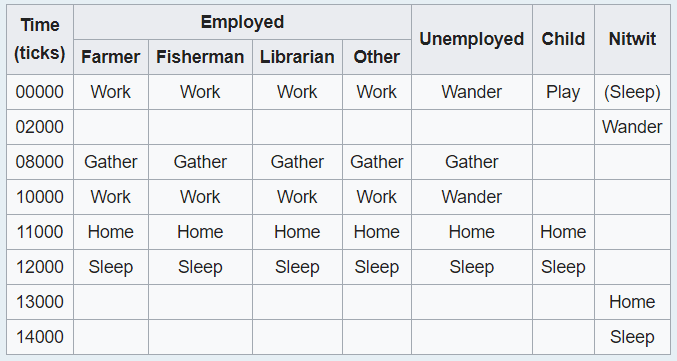
Around 3 PM Minecraft time, or roughly seven minutes and 30 seconds into your game, villagers wrap up their day’s tasks and transition to social activities. During this time, they engage in gossip with other villagers and even partake in the essential act of reproduction, which is vital for the village’s survival.
It’s important to note that this social time plays a pivotal role in maintaining the village’s prosperity.
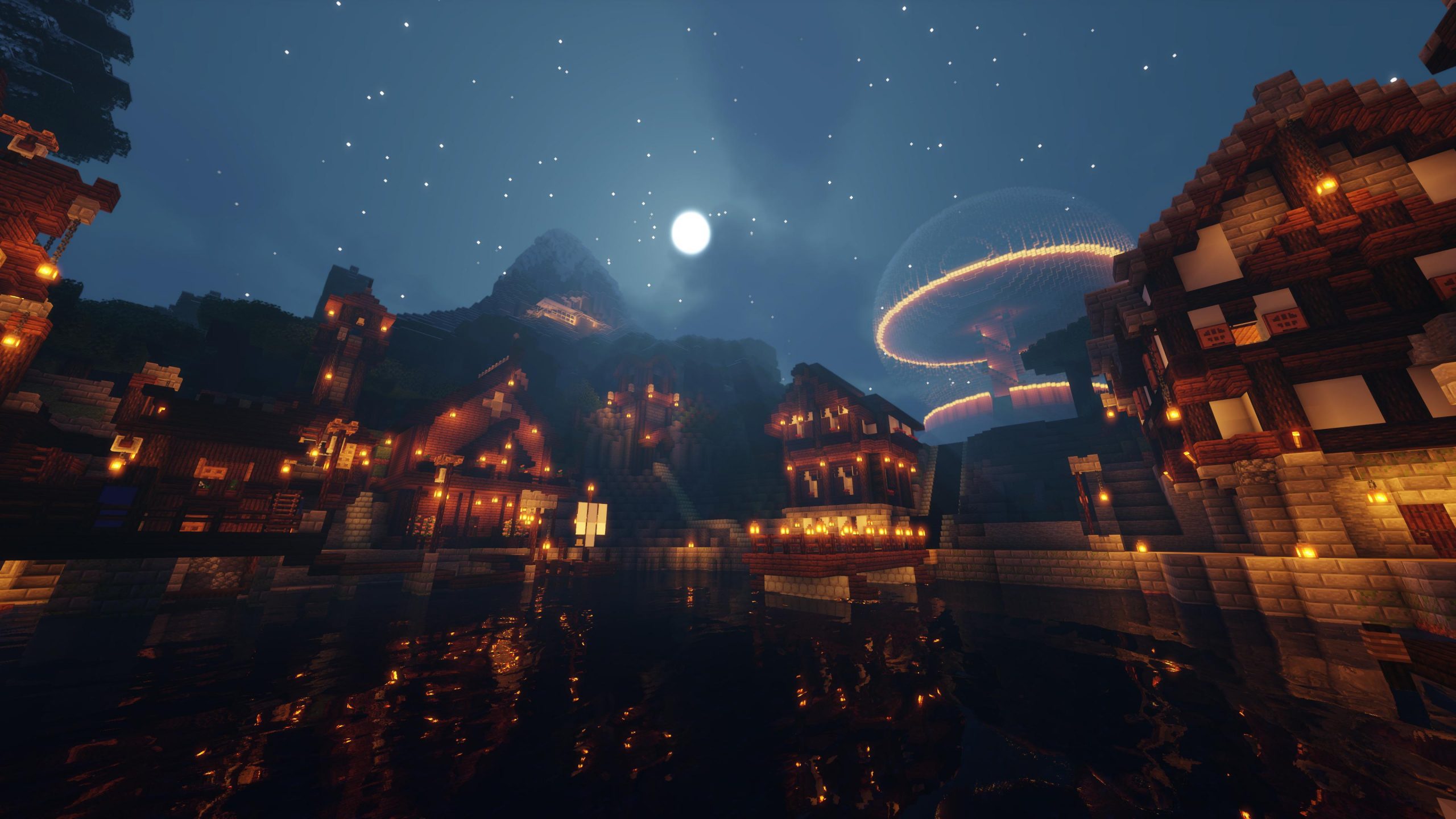
As the clock strikes 8 PM, approximately ten minutes into your gameplay, villagers swiftly retreat indoors and retire to their beds. This marks the official commencement of their bedtime routine, affording them a few precious moments of safety before hostile mobs start spawning in the world and pose a threat to their well-being.
5. The Effects Of Weather Conditions On The Daylight Cycle
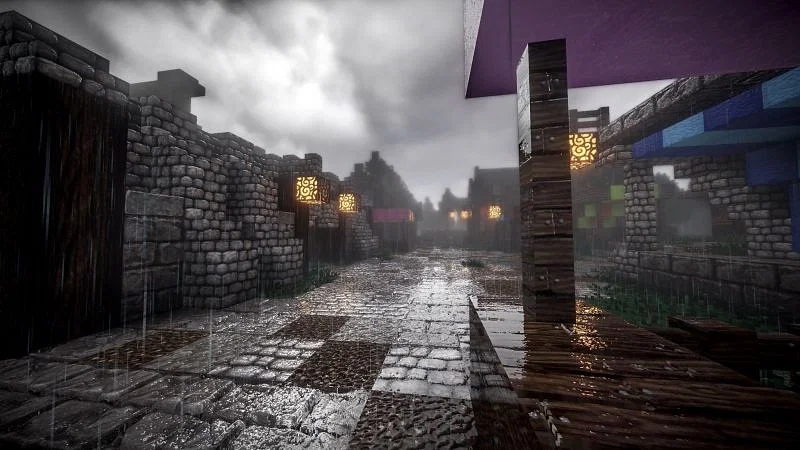
Weather conditions indeed exert a notable influence on the Minecraft daylight cycle. When rain falls, it can expedite the spawning of mobs, causing them to appear earlier and linger longer due to the dim and overcast weather. This, in turn, allows players the option to retire to bed earlier to skip the rainy period and awaken later in the day.
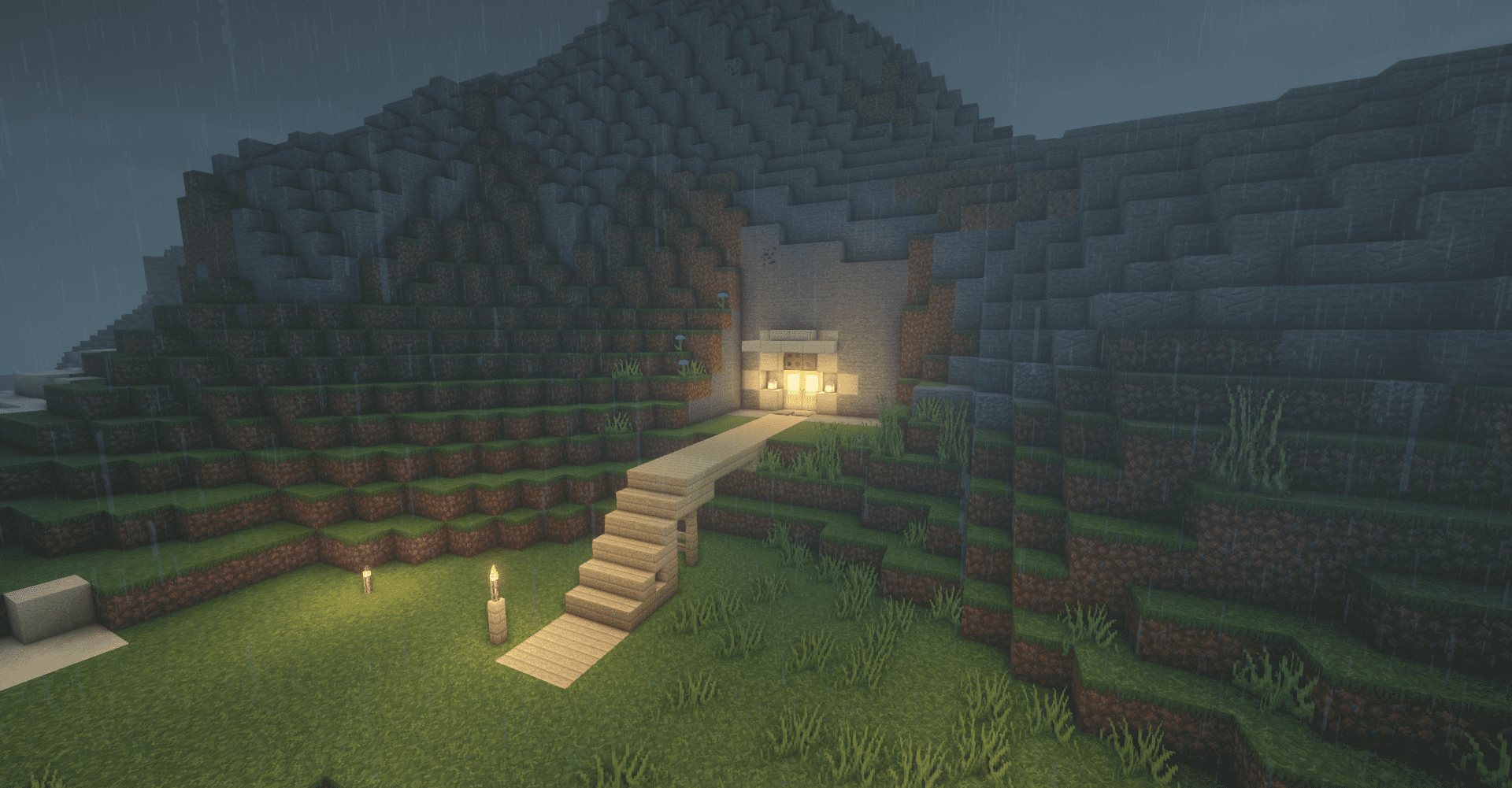
The disparities in mob spawn times compared to clear weather may not be overwhelmingly substantial, but it remains a vital gameplay mechanic to comprehend in order to evade unexpected encounters with hostile mobs. Given that it can be challenging to distinguish between night and day during rainy periods, possessing a clock can prove immensely advantageous in navigating these conditions.
6. How To Tell Time In Minecraft
In Minecraft, there are three methods to keep track of time:
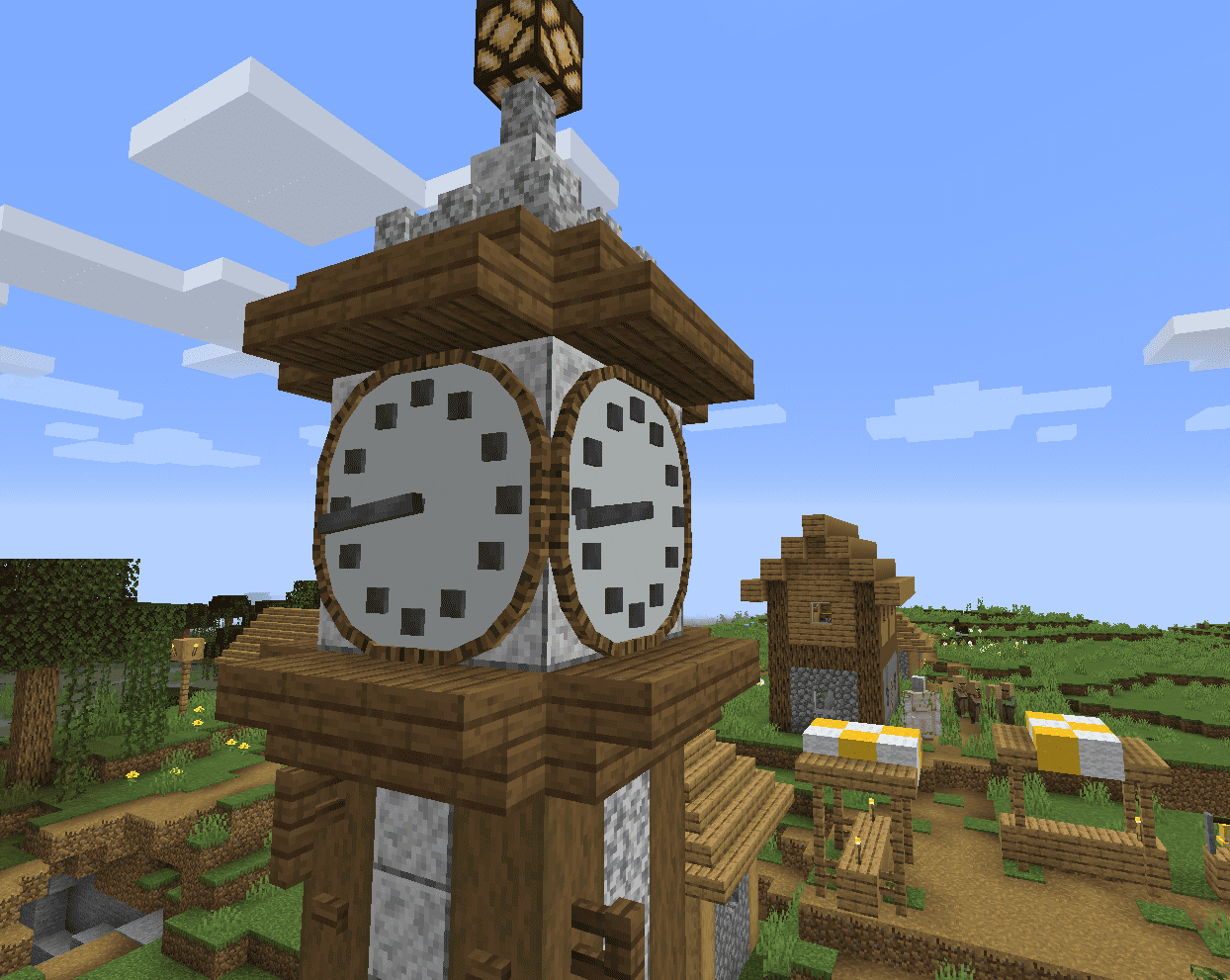
- Craft and Use a Clock: Clocks are a practical in-game item that enables players to monitor time without disrupting their gameplay immersion. They also function reliably during adverse weather conditions when discerning the time by observing the sky may prove challenging. To craft a clock, you’ll need four gold ingots and a piece of redstone dust placed in the middle. Additionally, clocks can sometimes be discovered as loot in treasure chests.
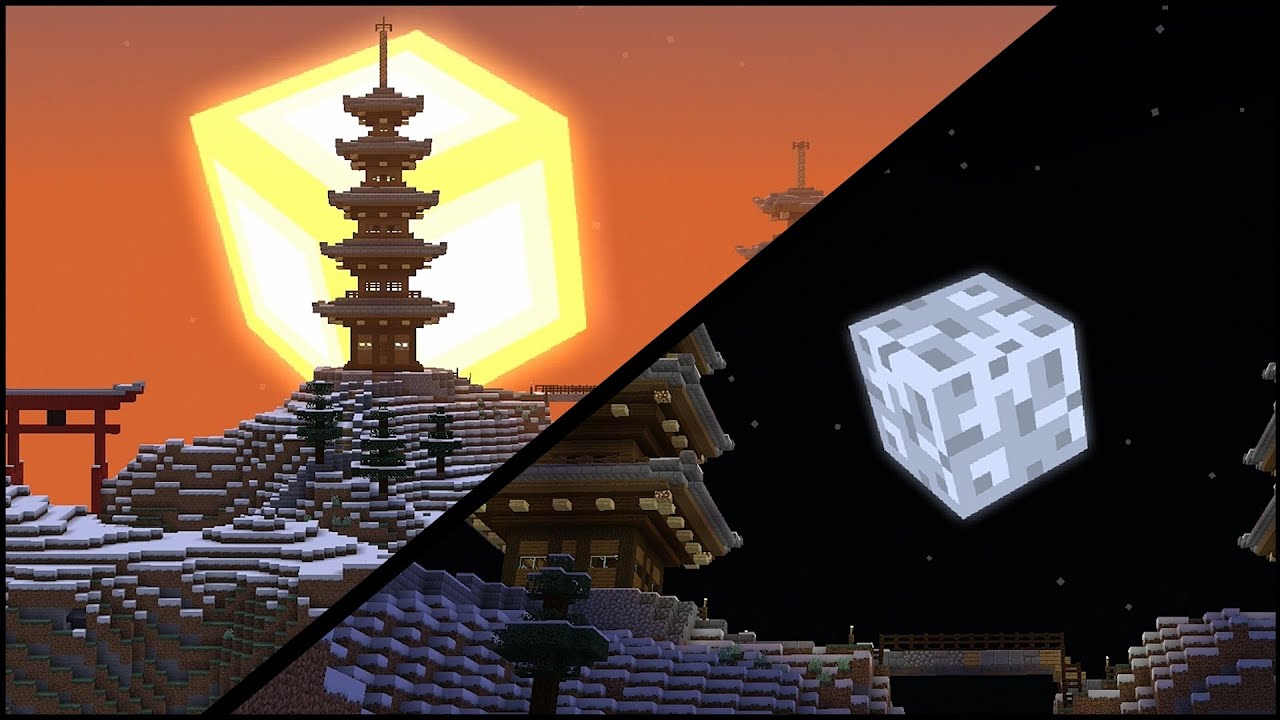
- Observe the Sun or Moon: For beginners, a straightforward method is to simply observe the sky, which offers valuable insights into the game’s progression. The sun consistently rises in the east and traverses the sky towards the west. This directional pattern can also be beneficial when you lack a compass and need to orient yourself. Similarly, the moon follows a similar path, rising in the east and setting in the west. By gauging the moon’s position, you can easily estimate how much of the nighttime remains. However, this method becomes impractical during rain.
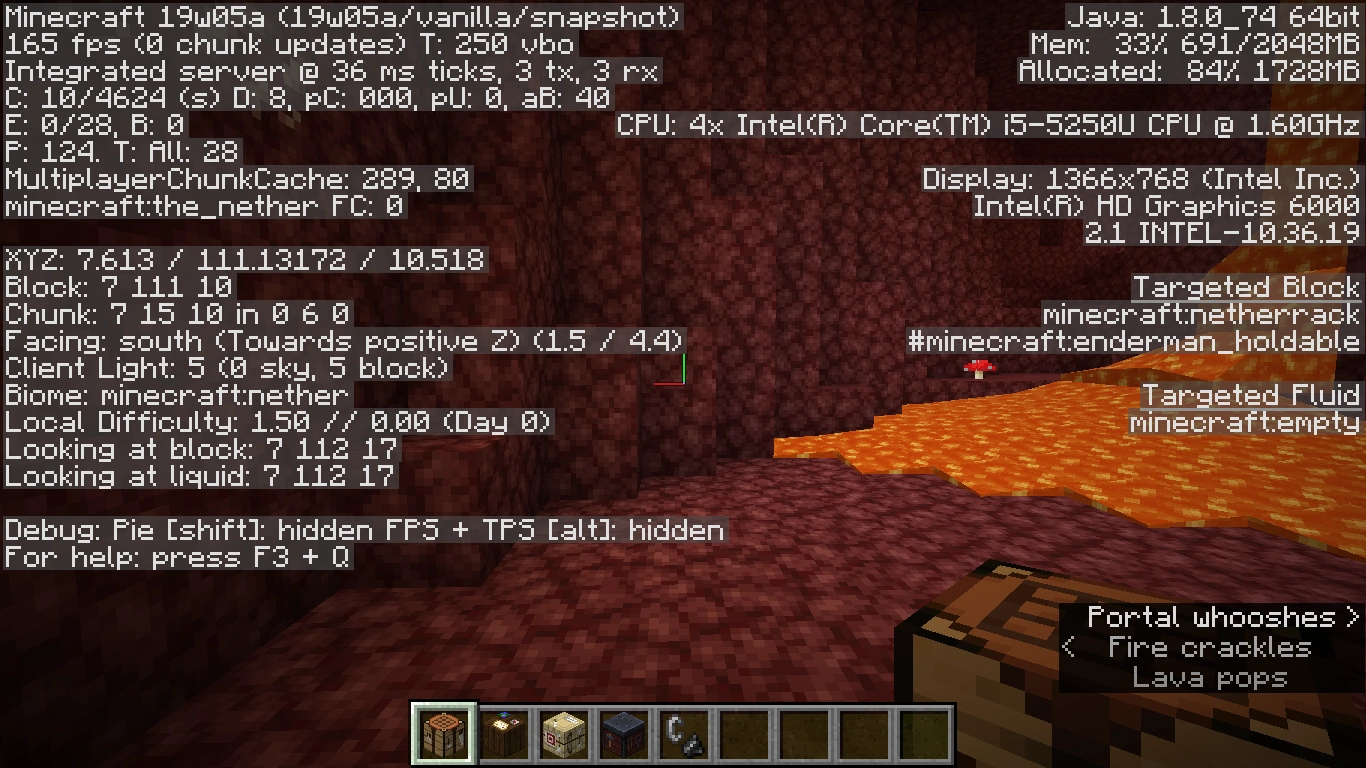
- Check the Debug Screen: When all else fails, you can rely on the debug screen. Pressing F3 opens the debug screen, presenting a wealth of information about your Minecraft world and the current status of the daylight cycle. This option provides a precise and foolproof way to ascertain the time and other critical data about your game.
7. Moon Phases And Their Effects In Minecraft
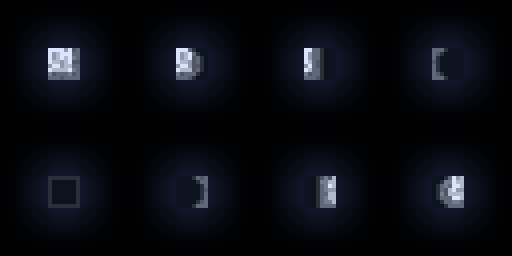
Indeed, the moon in Minecraft isn’t merely decorative; it plays a pivotal role in influencing various mob-related dynamics. Therefore, keeping an eye on the different phases of the moon can prove highly advantageous.
The full moon, in particular, holds significance because during and around this phase, several noteworthy events occur:

- Increased Slime Spawns in Swamps: Swamp biomes become a bustling hub for slimes during the full moon. Players can expect these gelatinous creatures to appear in abundance during this lunar phase.
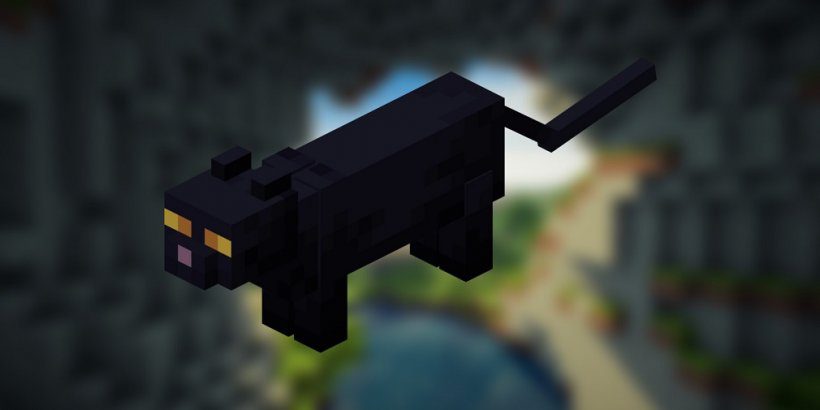
- Appearance of Black Cats: Approximately half of the cats that spawn during or near the full moon will be black cats. This adds a touch of superstition and variation to the game.
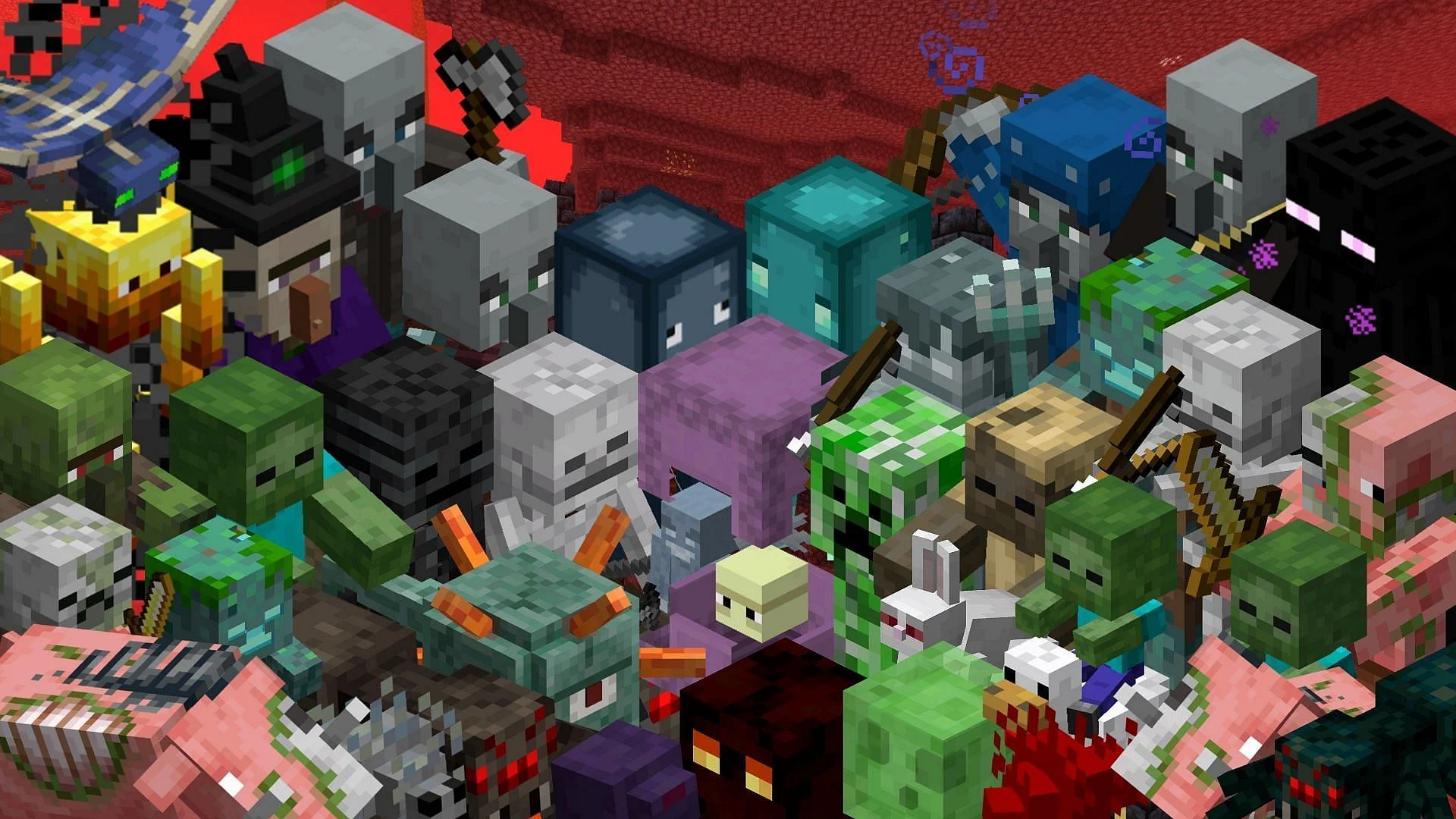
- Enhanced Hostile Mobs: Depending on the game’s difficulty setting, hostile mobs may spawn equipped with enchanted weapons and armor during the full moon. This presents an additional challenge for players, as these enhanced mobs can pose a greater threat.
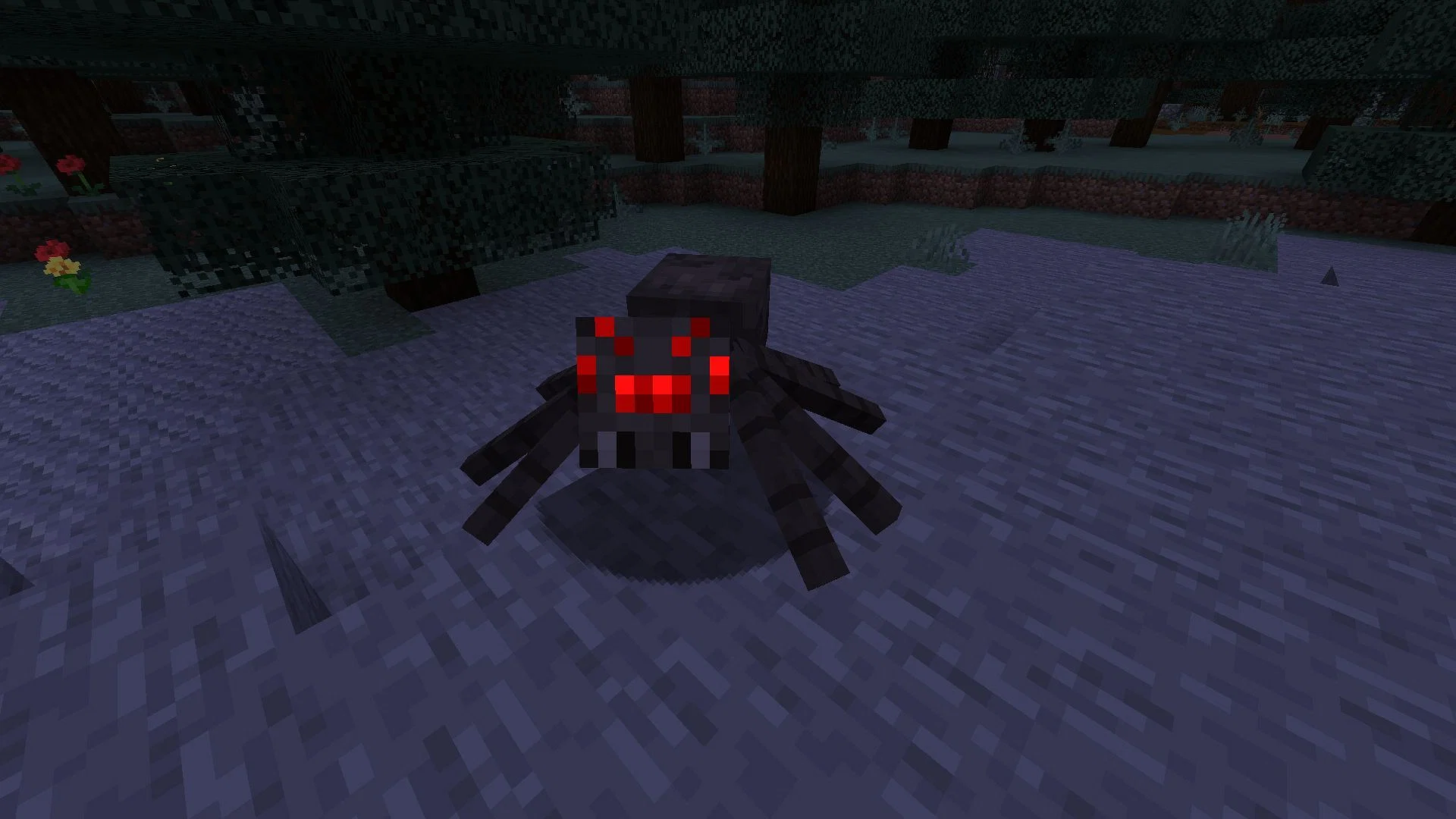
- Special Status Effects for Spiders: Spiders, too, may spawn with unique status effects during the full moon. These effects can vary and add an extra layer of unpredictability to encounters with these arachnids.
Understanding these moon-related mechanics can provide players with a strategic advantage and enhance their overall Minecraft experience.

